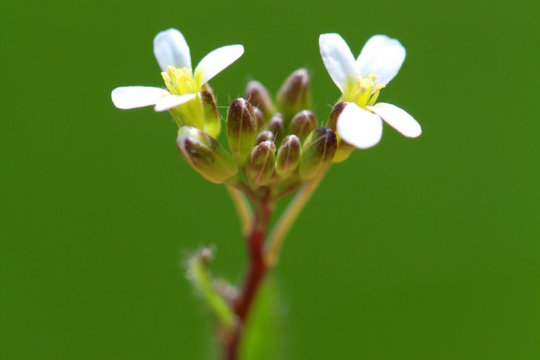[ad_1]
Ludwig-Maximilians-Universitaet (LMU) in Munich biologists have taken a closer look at the subcellular distribution of proteins and metabolic intermediates in a model plant. The results of the study provide new insights into the dynamics of metabolic processes in cells.
Eukaryotic cells — in this context, plant cells — contain a variety of subcellular compartments in which specific sets of enzymatic reactions take place. In addition to the classical organelles, which are delimited by intracellular membranes, the soluble phase of the cytoplasm (commonly known as the cytosol) is the site of defined metabolic transformations. How metabolic processes in these diverse compartments are regulated and coordinated is poorly understood. Using the thale cress (Arabidopsis thaliana) as a model, a team led by biologist Thomas Nägele (Professor of Evolutionary Plant Cell Biology at LMU) has now succeeded in quantifying the subcellular distribution of a broad range of proteins and metabolites in leaf cells, thus revealing new aspects of the metabolic dynamics in these cells. The study appears in The Plant Journal.
“It is often the case that the effects of environmental factors on plant metabolism can only be vaguely characterized, because plant cells cannot be interrogated with the necessary precision,” Nägele says. “For example, if certain products of metabolism accumulate in response to environmental stress, it has not been possible to determine where exactly in the cell they actually build up — whether in the fluid-filled plant vacuole which serves as a storage compartment, in the mitochondrion which supplies the cell with energy, in the cytosol where many metabolic reactions take place, or somewhere else.”
He and his colleagues have now modified a conventional method — known as ‘non-aqueous fractionation’ — to make it compatible with high-throughput analyses. With this approach, cells can be dismantled into their component compartments, and the contents of each can be separately analyzed.
The novel fractionation strategy enabled the LMU researchers to show that a disabling mutation in the cytosolic enzyme hexokinase has a significant impact on processes that occur in chloroplasts (the sites of photosynthesis) and mitochondria. Hexokinase catalyzes the phosphorylation of carbohydrates. In doing so, it enables the production of intermediates required for many other metabolic pathways including plant respiration.
“Our results demonstrate that glucose accumulates in the cytosol when the hexokinase is defective — and this is accompanied by a rise in the level of glucose in the vacuole, while concentrations of the amino acids glycine and serine in the mitochondria are significantly reduced,” Nägele explains.
These two amino acids are central intermediates in an important metabolic pathway known as photorespiration, which essentially counteracts photosynthesis and is stimulated in particular by drought stress. Therefore, the mutation in hexokinase most probably reduces the photorespiratory capacity of the cell. This assumption is supported by further analyses of the impact of the mutation on proteins that are known to play an important role in mediating photorespiration.
“Our study demonstrates that analyses at the subcellular level can uncover central principles of the regulatory mechanisms that control plant metabolism,” says Nägele. “Our improved methods have made it possible for us to identify novel markers that can now be employed in future investigations.”
Story Source:
Materials provided by Ludwig-Maximilians-Universität München. Note: Content may be edited for style and length.
[ad_2]















